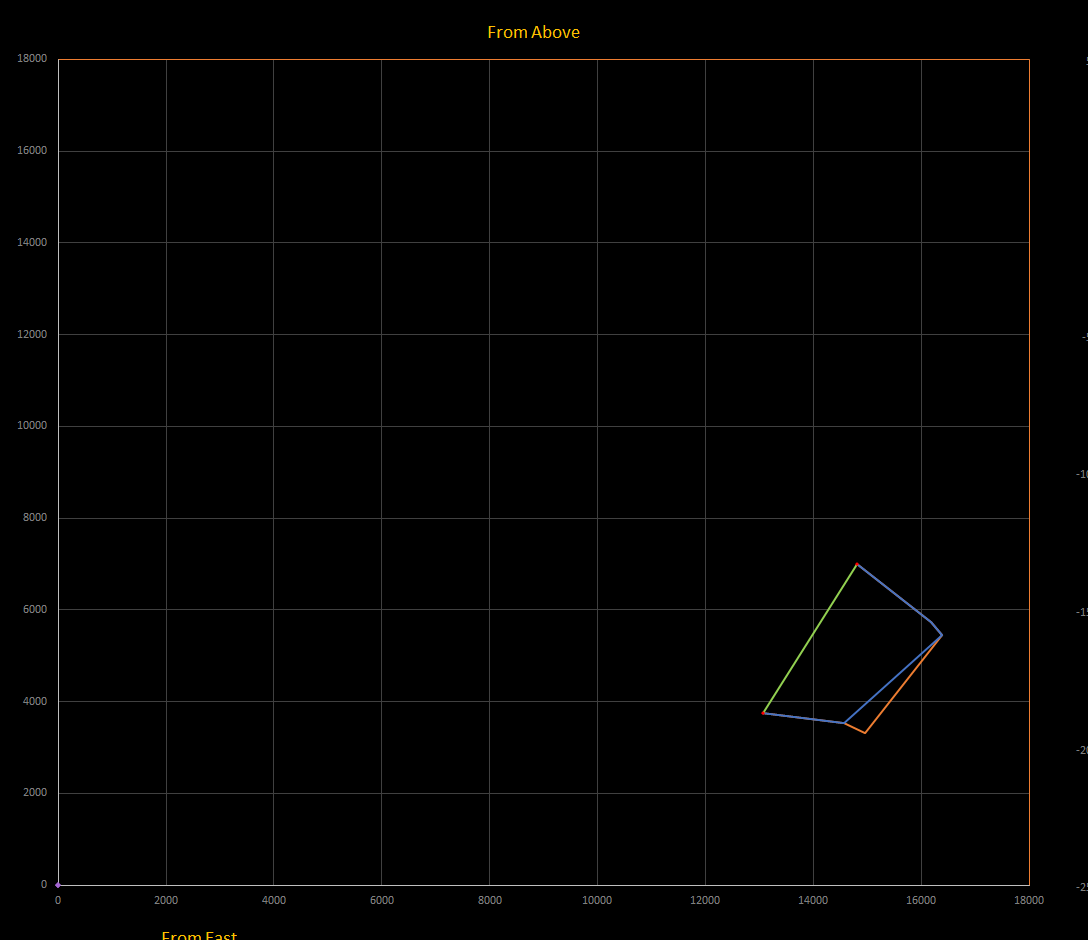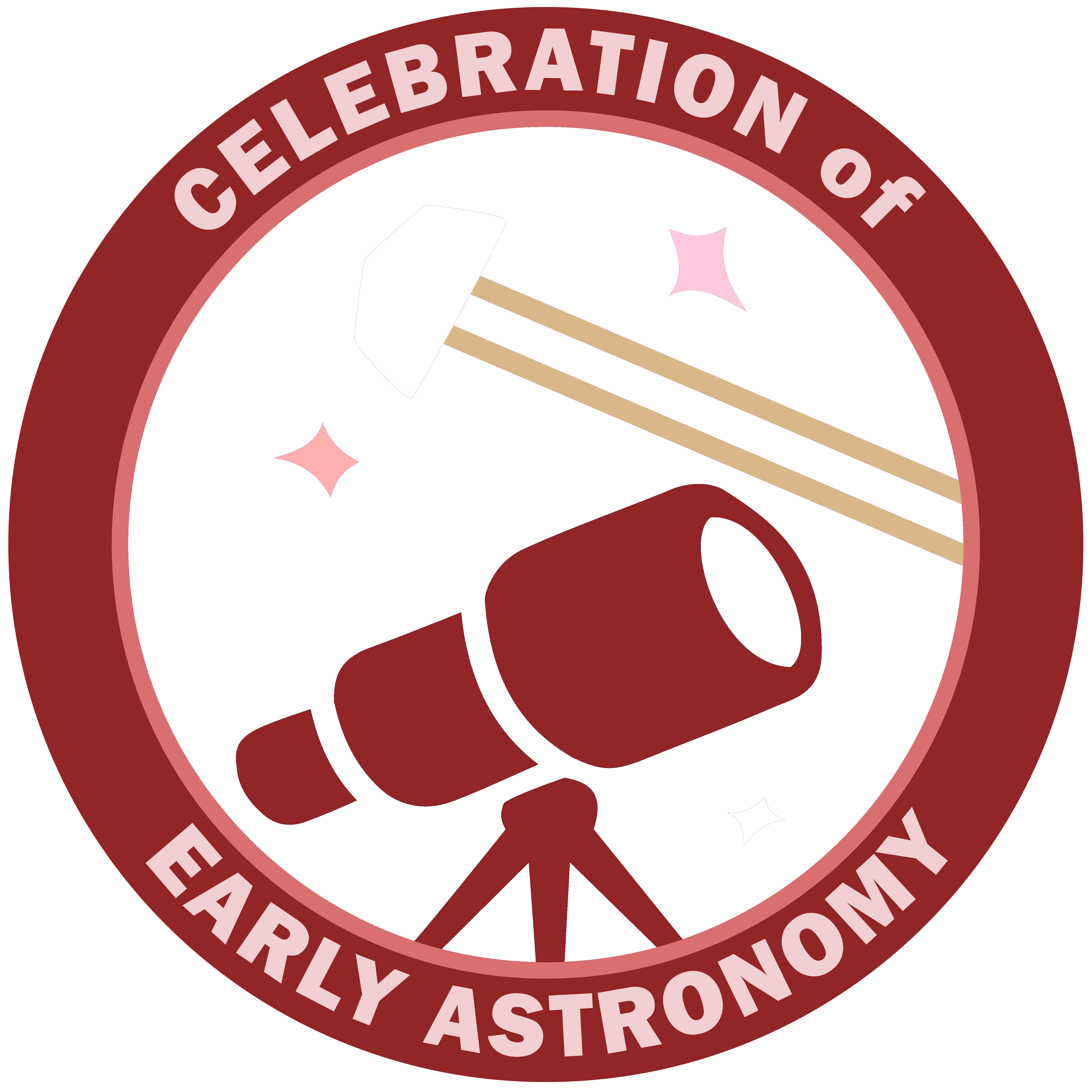We being leg 4 of Celebration of Early Astronomy 6, which is the last single week length leg of the expedition. We have a few more real celestial objects along this leg. The legs after this one will be two weeks in length and focus on discovering new noteworthy points of interest in the eastern reaches of the galaxy.
Dates
Start Date: January 28, 2024
End Date: February 04, 2024
Distances
Basecamp Line: 4,237 Ly
Main Waypoints: 7,723 Ly
Optional Waypoints: 8,528 Ly
Map, (click for full size):

Basecamp: GU Muscae
Main Waypoints
- Map References quick reference list, more details below
- NGC 3199 Sector LC-V c2-5
- OGLE-TR-211
- AG Carinae
- GU Muscae
Main Waypoints Details
- Map Reference: NGC 3199 Sector LC-V c2-5
- POI: NGC 3199
- NGC 3199, also known as The Banana Nebula is an emission nebula in the Carina constellation region of the sky. It was discovered by James Dunlop in 1826. It was originally thought to be a bow shock of it’s central star WR 18, but has since been determined to have been formed due to the composition of local space, not the star’s movement.
- SIMBAD Link
- EDSM Link
- Map Reference: OGLE-TR-211
- POI: OGLE-TR-211b
- OGLE-TR-211b is a known exoplanet, a hot Jupiter in a very close orbit with it’s parent star OGLE-TR-211. It is estimated to be slightly more massive than Jupiter. at 1.03±0.2 Jupiter masses.
- SIMBAD Link
- EDSM Link
- Map Reference: AG Carinae
- AG Carinae is luminous blue variable star in the Carinae constellation region of the sky, and is one of the most luminous stars in our galaxy. However, due to it’s distance of roughly 20,000 lightyears from our solar system, all the stellar dust between us and it makes it generally not visible to the naked eye despite how bright of a star it is. The star has a planetary nebula of material that has been ejected from the star. It is in a transitional period going from being a class O supergiant star to becoming a Wolf-Rayet star.
There has been some recent data grom the Gaia mission however suggesting that AG Carinae may actually be close to our own solar system than the previously believed 20,000 lightyears, but it is still up for debate which value is the accurate value. - SIMBAD Link
- EDSM Link
- AG Carinae is luminous blue variable star in the Carinae constellation region of the sky, and is one of the most luminous stars in our galaxy. However, due to it’s distance of roughly 20,000 lightyears from our solar system, all the stellar dust between us and it makes it generally not visible to the naked eye despite how bright of a star it is. The star has a planetary nebula of material that has been ejected from the star. It is in a transitional period going from being a class O supergiant star to becoming a Wolf-Rayet star.
- Map Reference: GU Muscae
- POI: Nova Muscae 1991
- GU Muscae, also known as Nova Muscae 1991, as well as GRS 1124-683 is a star system containing a black hole candidate. The system was discovered by both the Russian Granat satellite and Japanese Ginga satellite on January 9, 1991 when the system produced an outburst of x-rays. The black hole is estimated to be 7 times as massive as our sun with a companion star it is taking material from that is three-quarters the mass of our sun. The companions star likely was a more massive star before, but has its outer layers blown away by the supernova that resulted in the creation of the black hole.
- SIMBAD Link
- EDSM Link
Optional Waypoints
- Map References quick reference list, more details below
- HD 92023
- NGC 3199 Sector LC-V c2-5
- Smoju DA-Q d5-2
- OGLE-TR-211
- AG Carinae
- GU Muscae
Optional Waypoints Details
- Map Reference: Smoju DA-Q d5-2
- POI: Smoj Crystal Fields
- The Smoj Crystal Fields, while not a real celestial system, are worth a visit if you would like. Many systems around this system contain Notable Stellar Phenomena points of interest containing icy and metallic crystals of various varieties. Refer to the EDSM page for this system for the full list of nerby systems with NSPs.
- EDSM Link
